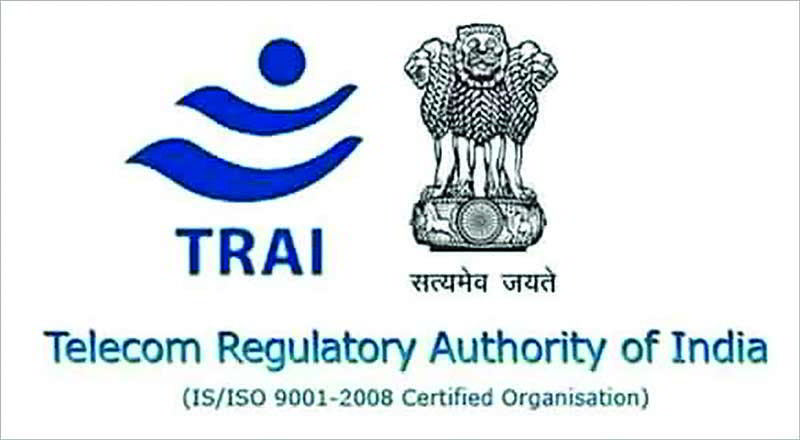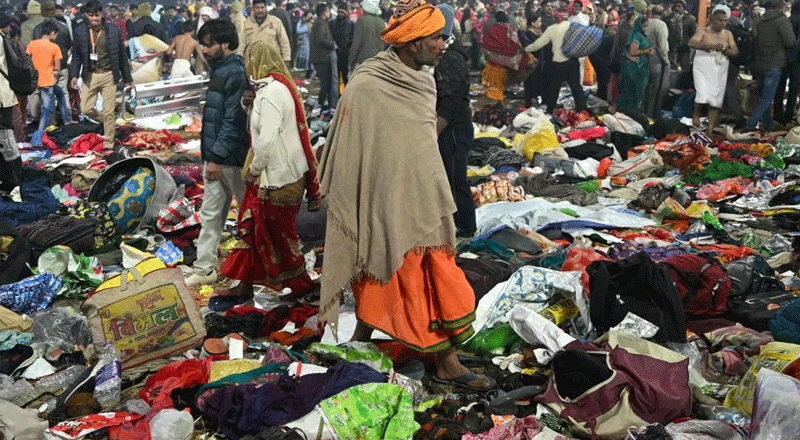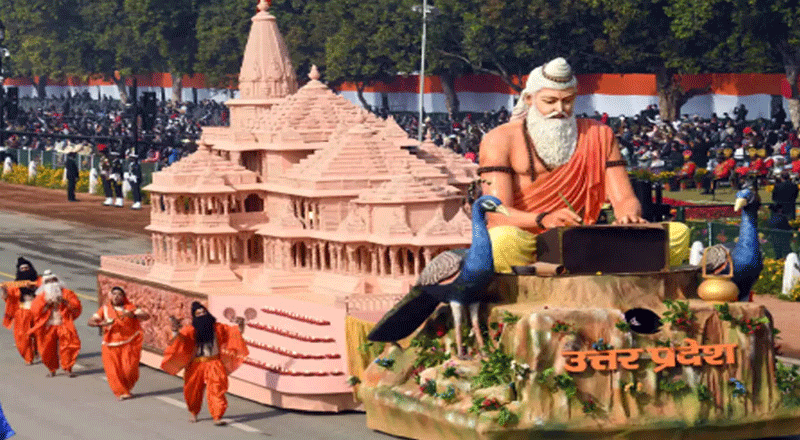In accordance with the target fixed by Modi Govt., within three years the number of internet connection has grown by 65% from March 2016 to cross the 50 crore mark in 2018, as per the last report submitted by Telecom Regulatory Authority of India (TRAI). Also, there were 56 crore narrow-band and broadband connections in India.
With a comparison to March 31 2016, there were just 34 crore connections, which increased to 42 crore by March 31, 2017. By March 31, 2018, the total number of internet connections stood at 49 crore. That number increased to 51 crore internet connections at the end of June this year before the figure touched 56 crore as of September 30, 2018.
In December 2015, Union telecom minister Ravi Shankar Prasad had said – “My plan is to make 50 crore internet connections in India by 2018. I’m convinced that in the coming 2-3 years, India will become equal to China as an IT market of the world.”
Of the 56 crore connections, 64% or 36 crore are in the urban areas and 36% or 19.4 crore in the rural areas. While more service providers are focusing on rural areas, experts credit the increase in the hinterland to the infrastructure created by the government. The massive growth in urban centers on the other hand is attributed to the entry of Reliance Jio.
Professor Debabrata Das from the International Institute of Information Technology-Bangalore (IIIT-B), who was an integral part of the Center’s National Information Infrastructure version 2.0 (NII 2.0), says, “The infrastructure created by state-run BSNL and the Center’s BharatNet project that envisages connecting all gram panchayats with internet through an optical fibre network must be seen as crucial for the rural connections.”
Just five states – Karnataka, Tamil Nadu, Andhra Pradesh (including Telangana), Gujarat and Maharashtra – account for 20 crore or 36% of all internet connections in India.
Compared to 2016, Karnataka reported a 58% growth in the number of internet connections, while the same was 45% for Tamil Nadu, 76% for Andhra Pradesh, 56% for Maharashtra and 70% for Gujarat.
“The huge increase is largely because of Jio. While BharatNet has created the infrastructure, the actual number of people using it is not much, given that most subscribers have wireless connections,” Aravind Kumar, senior advisor, TRAI.
Separate data from TRAI shows that as of June 30, 2018, Reliance Jio was way ahead of all the other players in terms of market share, with state-run BSNL at the fifth spot. Sources in TRAI said the same internet service providers continued to hold the top five positions.
Boosting rural connectivity, the Center’s BharatNet project has so far connected 1.1 lakh gram panchayats (GPs) with internet through a network of optical fiber cable. Of the states, UP has the maximum GPs connected (27,940), followed by Maharashtra (15,126) and Madhya Pradesh (12,689).





